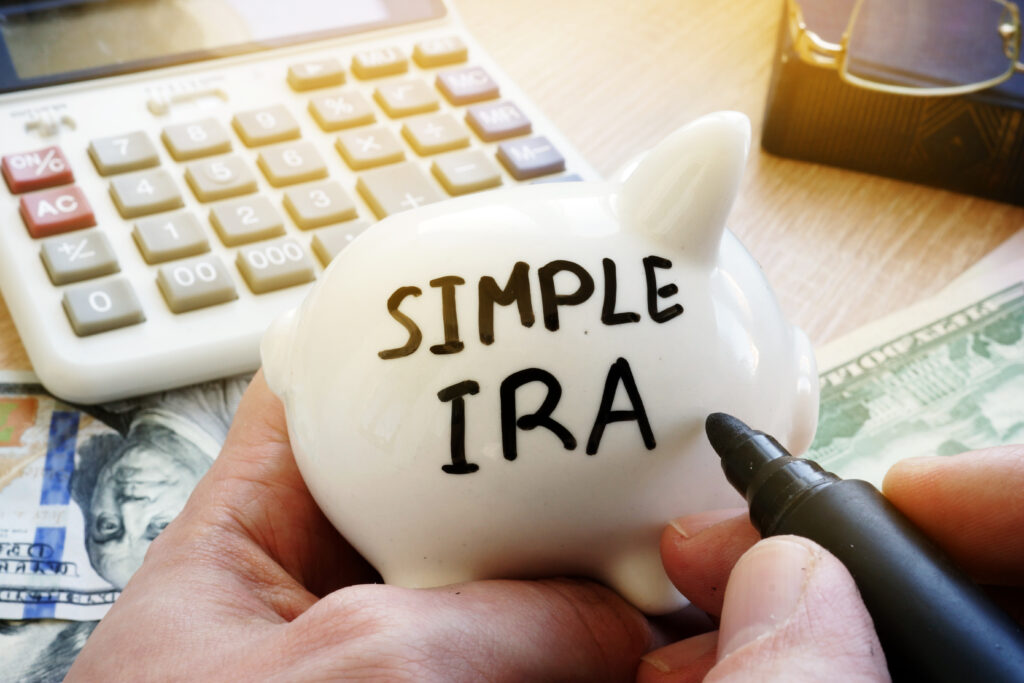Definition
2-year restriction placed on transfers, rollovers and conversions of SIMPLE IRA assets. Under this restriction, SIMPLE IRA assets are ineligible to be transferred, rolled over or transferred to any retirement account other than another SIMPLE IRA during the two-year period.
When does the 2-year period begin: The two year period begins on the first day on which contributions made by the individual’s employer are deposited in the individual’s SIMPLE IRA. For this purpose, employer contributions include salary deferral contributions, as well as employer matching and nonelective contributions.
Results of Violating 2-year Rule: If an individual transfers assets to a retirement account that is not another SIMPLE IRA, rollovers assets to a retirement that is not another SIMPLE IRA , or converts assets to a Roth IRA before the two year period, these transactions are not treated as transfers, rollovers or conversions for IRS and tax purposes. Instead, they are treated as:
-
A regular distribution from the SIMPLE IRA. This is subject to ordinary income tax and the early distribution penalty if the individual is under age 59 1/2 when the transaction occurs. The penalty is waived if an exception applies. If no exception applies, the penalty is increased to 25% during the 2-year period.
-
If the receiving account is a traditional IRA, SEP IRA or Roth IRA, the amount is treated as a regular IRA contribution to the receiving account, subject to the contribution limit in effect for the year. Consequently, if the individual already made IRA contributions, this would result in an excess IRA contribution. And, regardless of whether the individual already made an IRA contribution, the amount could create an excess if it is in excess of the contribution limit in effect for the year
-
If the receiving account is a qualified plan, 403(b) or 457(b) plan, the amount is considered an ineligible rollover, subject to correction as provided under the terms of the plan
Referring Cite
Additional Helpful Information
- Transfers and rollovers can occur between SIMPLE IRAs regardless of whether the 2-year period has been met.
-
After the 2-year period has been met, SIMPLE IRA assets can be transferred and rolled-over to other types of retirement plans, which are qualified plans, 403(b) plans, 457(b) plans, traditional IRAs and SEP IRAs. The assets can also be converted to Roth IRAs.


